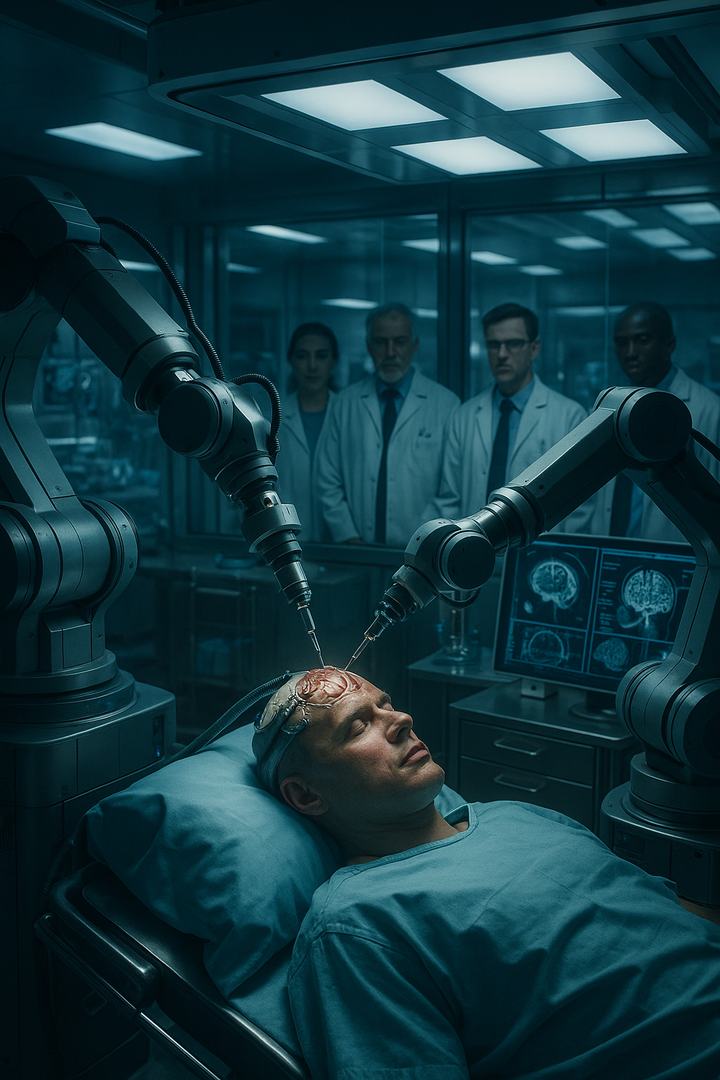Miniature AI Chip for Medical Imaging: Revolutionizing Diagnosis with Optical Fiber Technology
Miniature AI chip for medical imaging emerges with optical fiber technology, enabling faster and more efficient diagnostics.

Researchers have introduced a groundbreaking innovation in healthcare: a miniature AI chip, no larger than a grain of salt, that can be mounted on the tip of an optical fiber. This technology can process images at the speed of light with extremely low energy consumption, potentially revolutionizing medical imaging and paving the way for advancements in quantum communication.
Miniature AI Chip and How It Works
This chip utilizes a diffractive neural network (DNN), a passive neural network that processes data by bending light waves through advanced microstructures. The chip is fabricated using three-dimensional two-photon nanolithography, producing ultra-thin, highly precise structures that can be directly attached to endoscopic devices or other fiber-optic instruments.
Benefits of Miniature AI Chip in Medicine
Applying miniature AI chips to endoscopic devices enables real-time visualization of bodily tissues with high resolution. With its low power consumption and high processing efficiency, this chip is ideal for modern medical environments that demand speed and accuracy in diagnostics. Furthermore, the AI chip also opens new possibilities for faster, more secure quantum communication.
Challenges and Future Prospects
While this technology holds great promise, it still faces challenges, particularly in customizing designs for specific applications and in large-scale manufacturing processes. However, advances in nanofabrication and optical design offer hope that this miniature AI chip will soon be widely adopted in healthcare and advanced communication systems.
The emergence of miniature AI chips brings new hope to the medical field. With the ability to process images in real-time, this technology is a breakthrough for the future of diagnostics, enhancing patient care quality and accelerating innovation in healthcare.





Comments ()